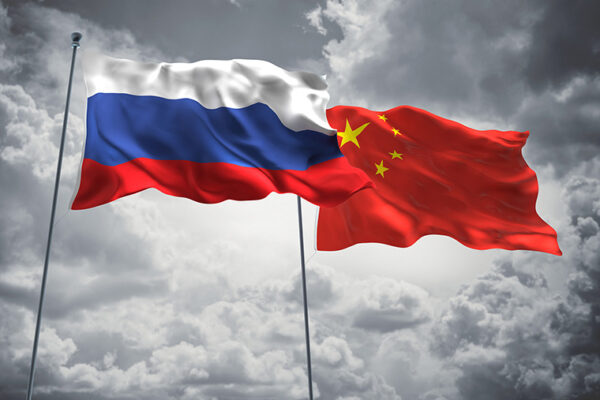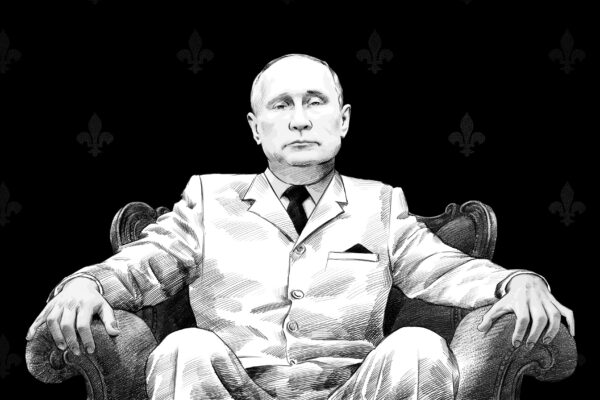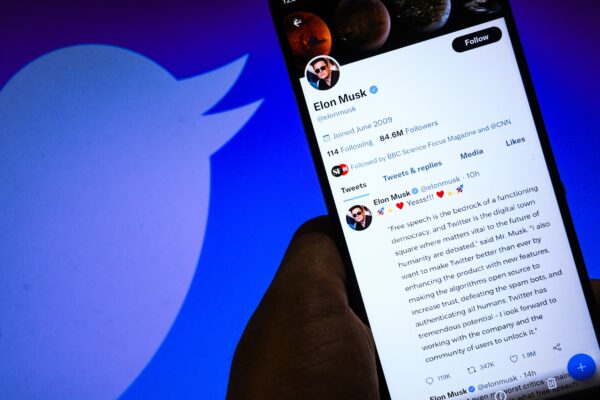
Last week, China announced that it would roll back its long-standing “zero-COVID-19 policies,” which included constant tests, quarantines and lockdowns. The decision was a dramatic concession following weeks of protests nationwide.
The lingering question is what happens next. Will the decision be enough to appease protestors and put an end to President Xi Jinping’s woes? Or, have these protests sparked a new thirst for activism and political change?
Below, Zhao Ma, an associate professor of modern Chinese history and culture in Arts & Sciences at Washington University in St. Louis, answers these questions and more.
What were Chinese protesting?
Chinese took to the street to protest against the government’s draconian “zero-COVID policies.” The wave of protests was triggered by an apartment fire in Urumqi, the provincial capital of Xinjiang. People were profoundly sad upon learning that at least 10 people lost their lives in the fire; and they were visibly angry at the comments made by local officials during a press conference, who blamed victims for lacking safety knowledge while denying that the doors of the apartment building were locked due to COVID restrictions. Frustration over lockdown restrictions had been building for months. Now, they feared that anyone could become a victim of the next apartment fire, medical emergency, so on and so forth.
What makes these protests so unusual?
To be clear, there are perhaps hundreds of protests in China every day, but they tend to focus on local issues such as labor disputes and food safety. These local protests could be quickly contained and silenced by local governments. But the wave of protests last week is quite unusual. More than one billion Chinese have experienced some form of lockdown over the past eight months, on average 27 days per person. Now we are seeing a national outcry against “zero-COVID policies.” The kind of solidarity across classes and ethnic groups throughout China is frightening for the government.
Are there any similarities between these protests and the Tiananmen protests?
We can certainly draw parallels between recent protests and the Tiananmen protest in 1989, especially when we saw students taking the lead and some of them in Shanghai even calling for President Xi to step down. But I also want to emphasize the difference. For one thing, most protesters did not call to overthrow the government or Xi’s rule; rather, they were against local government “ratcheting up COVID restrictions level by level.” They also were furious at some COVID PCR testing companies producing inaccurate results to profit off the zero-COVID policy. The protests were more a mass civil disobedience than an outright political revolution.
‘Make no mistake, I am not foreseeing that last week’s protests will lead to a national pro-democracy movement like the one we saw in 1989; but if this kind of mass civil disobedience continues, it will certainly increase Chinese government’s administrative costs and undercut President Xi’s legitimacy in the long run.’
Zhao Ma
Some have suggested that protestors may face retribution. Is that a concern you share?
One thing to note is that the protests are largely leaderless and decentralized. Protesters rely on social media to get updates on lockdown measures and protests in different parts of the country. For sure, government will utilize the massive digital surveillance system to closely monitor social media, censor videos on protest, suspend social media accounts that post protest videos, and track down and even arrest protesters. But protesters are playing, and will continue to play, a game of whack-a-mole with censors and police.
Will this outcome encourage future political activism in China?
Because my parents live in Beijing and many of my friends are working in universities throughout China, I have been following the protests for months. What truly amazed me is that, in the run-up to last week’s protests, there were numerous incidents where Chinese citizens of all walks of life expressed their frustrations and challenged government — ridiculing the absurd COVID procedures, demanding the freedom of entering and leaving home, contesting the legality of COVID restrictions — and they did so by citing existing Chinese laws and the national COVID guidelines, issued by the State Council. In other words, people are using government’s own words against its pervasive and invasive policies. It is like a massive civic and legal education movement through which people come to a better understanding as how to prevent government from infringing on civil liberties.
Make no mistake, I am not foreseeing that last week’s protests will lead to a national pro-democracy movement like the one we saw in 1989; but if this kind of mass civil disobedience continues, it will certainly increase Chinese government’s administrative costs and undercut President Xi’s legitimacy in the long run.


